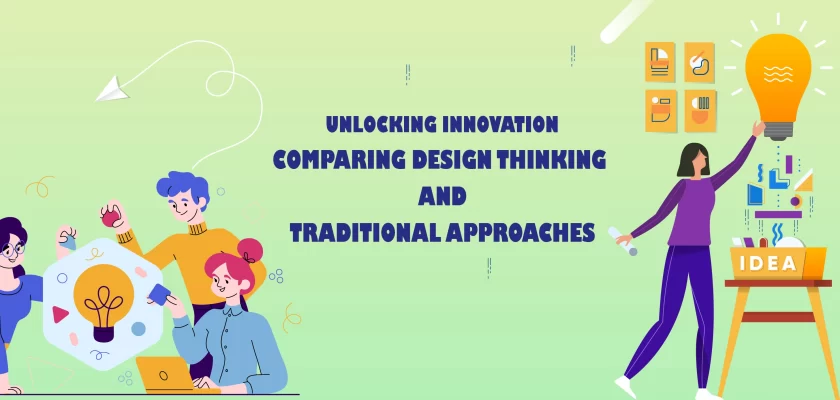It’s imperative to understand the different methodologies when seeking to unlock innovation in your projects. Design thinking presents a user-centered approach that fosters creativity and flexibility, contrasting sharply with traditional methods that often rely on linear processes and established norms. In this blog post, you will explore how these two approaches can shape your innovative strategies, and discover which one might better suit your needs in tackling complex challenges and driving sustainable change.
Key Takeaways:
- Human-Centric Focus: Design thinking emphasizes empathy and understanding user needs, whereas traditional approaches may prioritize technical feasibility or business metrics over user experience.
- Iterative Process: Design thinking supports rapid prototyping and continuous testing, contrasting with the linear, sequential steps often seen in traditional methodologies.
- Collaboration and Diversity: Design thinking encourages input from diverse stakeholders, promoting cross-disciplinary teamwork, while traditional methods may rely more on hierarchical structures and established roles.
Understanding Design Thinking
To fully grasp the essence of Design Thinking, you need to recognize it as a human-centered approach aimed at solving complex problems. This innovative methodology prioritizes empathy and focuses on understanding the user’s needs and experiences. By integrating creativity and logical reasoning, Design Thinking enables you to develop solutions that are not only viable but also desirable, ultimately driving innovation in various domains.
Core Principles of Design Thinking
Core to Design Thinking are five fundamental principles: empathy, define, ideate, prototype, and test. Emphasizing user empathy ensures your solutions genuinely address the needs of people. The define phase clarifies the problem, while ideation fosters brainstorming to explore various solutions. Creating prototypes allows you to visualize ideas, and testing these solutions with real users refines them further, leading to effective outcomes.
The Design Thinking Process
Above all, the Design Thinking process is iterative and non-linear, which means you often revisit stages to improve your solutions. This flexibility ensures that you can adapt your approach based on feedback, promoting a culture of continuous learning and improvement.
Hence, as you navigate through the Design Thinking process, you can expect to engage in cycles of empathy, experimentation, and evaluation. This iterative nature allows you to pivot your ideas based on real-world insights, enhancing both the quality of your solutions and the alignment with user needs. Ultimately, the Design Thinking process encourages collaboration and creativity, leading to innovative outcomes that resonate with the people you aim to serve.
Traditional Approaches to Innovation
You might find that traditional approaches to innovation often emphasize structured methodologies and predictable processes. These methods prioritize established frameworks and linear pathways to success, focusing heavily on planning, analysis, and execution. While they can provide clarity and structure, reliance on these approaches can limit your ability to adapt to rapidly changing circumstances or unexpected challenges.
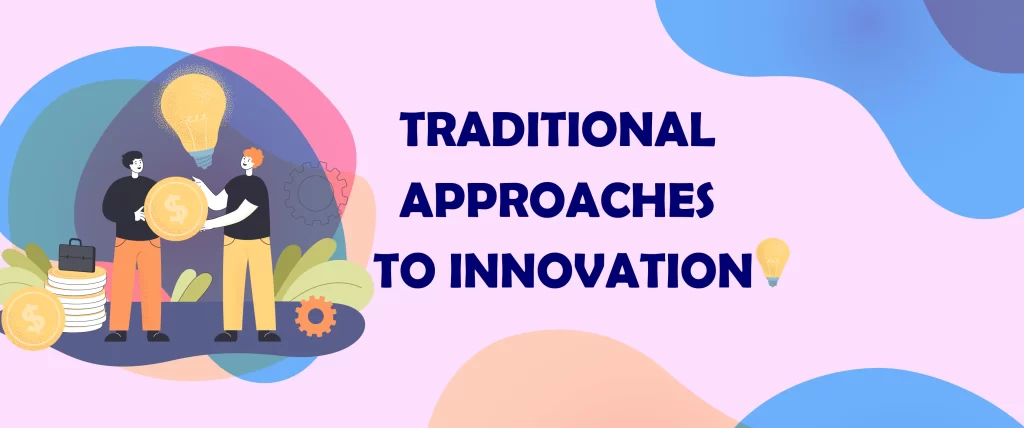
Linear Models of Innovation
Models of linear innovation typically follow a sequential process: idea generation, research and development, production, and marketing. This straightforward approach assumes that each stage builds upon the last, creating a clear path from concept to market. However, the reality of innovation is often more complex, requiring iterations and feedback loops that these models fail to capture.
Limitations of Traditional Approaches
Behind these conventional methods lie notable limitations that can stifle creativity and responsiveness. Traditional approaches can be rigid, often discouraging experimentation and exploration of new ideas. The focus on linear progression may inhibit cross-functional collaboration and lead to missed opportunities for innovation. Furthermore, these methods might not effectively address the evolving needs of consumers or adapt to technological disruptions.
Due to their inherent structure, traditional approaches can create silos within organizations, isolating departments and hindering communication. This fragmentation can result in slow decision-making processes, preventing your team from responding effectively to market changes. Additionally, the over-reliance on data and analysis can limit innovative thinking, as teams may prioritize past successes over exploration of untested ideas. In today’s fast-paced environment, these limitations make it challenging for your organization to remain competitive and relevant.
Comparing Design Thinking and Traditional Approaches
Despite their common goal of fostering innovation, Design Thinking and traditional approaches differ significantly in their processes and outcomes. Understanding these distinctions can help you choose the right methodology for your projects.
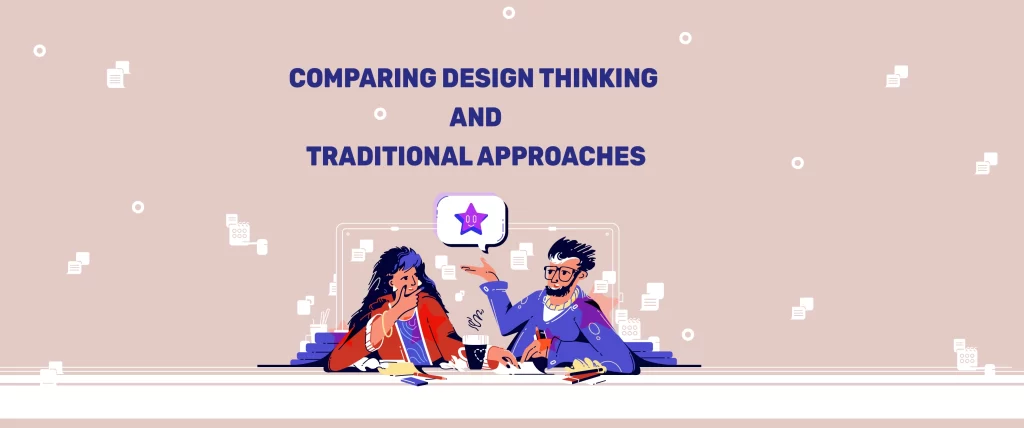
Below is a comparison of these two approaches:
| Aspect | Design Thinking |
|---|---|
| Focus | User-centered |
| Process | Iterative and flexible |
| Feedback | Continuous and real-time |
| Outcomes | Innovative and diverse solutions |
Key Differences in Methodology
About the methodologies, Design Thinking emphasizes empathy and collaboration, engaging users throughout the entire design process. In contrast, traditional approaches often rely on linear, predefined steps that may overlook user insights, leading to less tailored solutions.
Impact on Innovation Outcomes
One of the key impacts of these methods is their effect on innovation outcomes. Design Thinking encourages experimentation and validates ideas with real user feedback, while traditional approaches may yield predictable results, lacking the transformative potential of user involvement.
In fact, studies show that organizations employing Design Thinking often achieve higher rates of successful innovation. By focusing on user needs and fostering a culture of continuous improvement, this approach not only enhances creativity but also significantly increases the likelihood of developing impactful solutions that resonate with your target audience.
Case Studies: Successful Applications
Unlike traditional methods that may yield stagnant results, innovative organizations have embraced design thinking to achieve remarkable outcomes.
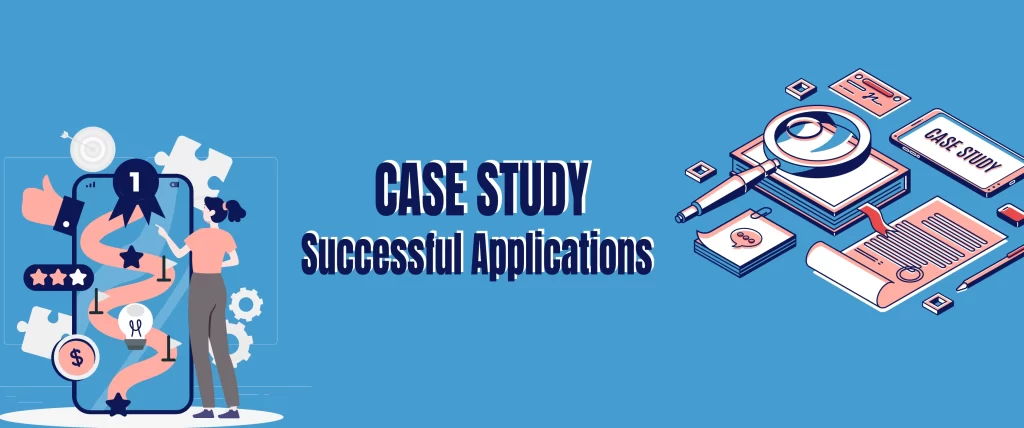
Consider the following case studies:
- Airbnb – Improved user experience led to a 100% increase in bookings within a year.
- IBM – Utilized design thinking to enhance software usability, resulting in a 300% rise in client satisfaction rates.
- Procter & Gamble – Adopted design thinking strategies, which contributed to a 50% reduction in product development time.
- LEGO – Restructured their product lines through user feedback, increasing sales by 60% in two years.
Design Thinking in Action
Applications of design thinking span diverse industries, demonstrating the versatile power of this methodology. You can engage deeply with end-users to uncover pain points, ideate creative solutions, and prototype rapidly. For example, healthcare organizations are using design thinking to improve patient experience, leading to higher satisfaction rates. In tech, companies implement iterative testing to refine products, allowing them to innovate effectively and meet market needs swiftly.
Outcomes of Traditional Approaches
Case studies reveal that traditional approaches often lead to predictable and often uninspired results. You may find that rigid strategies focusing on assumptions, rather than user-centered insights, limit creativity and hinder adaptation to ever-changing market demands. For example, a major retail chain employing a conventional model experienced flat sales growth over five years, while competitors leveraging flexible, design-focused approaches thrived. It’s clear that sticking to outdated methodologies can stifle innovation and fail to engage your target audience effectively.
Further analysis indicates that organizations reliant on traditional methodologies often encounter difficulties in aligning products with consumer needs. You will observe that these companies tend to follow a linear process, neglecting the iterative feedback loop that design thinking encourages. As a result, they risk misallocation of resources and time on products that do not resonate with users. Making the switch to design thinking could empower your organization to emerge as a leader in innovation and responsiveness.
Challenges and Opportunities
Your organization may face obstacles when integrating design thinking into established workflows. Traditional approaches often prioritize efficiency and predictability, which can conflict with the iterative and exploratory nature of design thinking. However, this challenge also presents valuable opportunities for growth. By embracing a shift in mindset, you can foster a culture that values creativity and collaborative problem-solving, ultimately leading to innovative solutions that resonate with your audience.
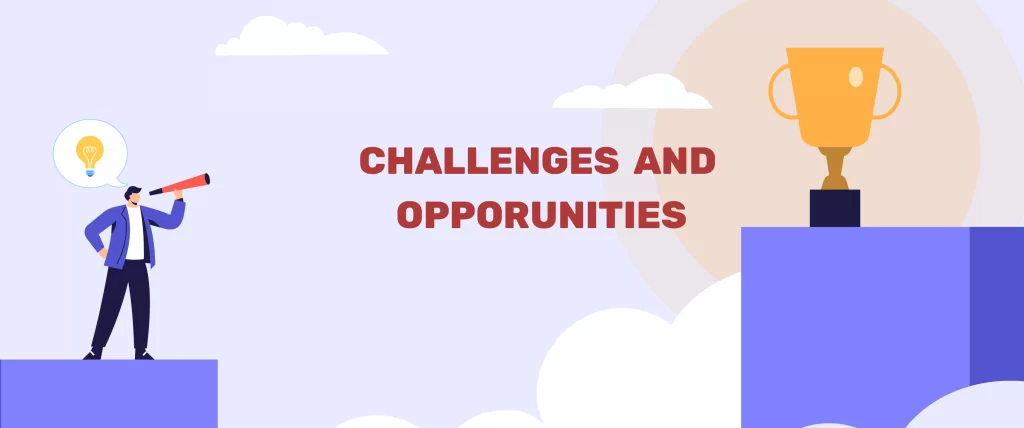
Integrating Design Thinking into Organizations
Opportunities for integrating design thinking into your organization lie in its ability to enhance collaboration and creativity. By encouraging cross-functional teams to work together, you create an environment where diverse perspectives can flourish. This not only improves solutions but also boosts team morale, helping employees feel more engaged and invested in their work.
Evolving Traditional Models
About integrating design thinking means recognizing the need to adapt traditional models to better suit a dynamic marketplace. While conventional methods often emphasize linear processes, design thinking promotes a more fluid approach that embraces experimentation and iteration.
It allows you to challenge the status quo and explore new avenues for innovation. By breaking down silos and encouraging open dialogue, you can unlock opportunities for improvement within existing frameworks. This evolution not only enhances your organization’s adaptability but also positions you to respond more effectively to emerging trends and customer needs.
Best Practices for Implementing Design Thinking
After embracing design thinking, you should prioritize a clear understanding of its core principles. Create a structured approach by fostering collaboration, encouraging experimentation, and maintaining an open mindset. By continuously iterating on ideas and actively engaging with users, you can unlock your team’s potential to generate innovative solutions. This journey requires commitment and a willingness to adapt, ensuring that design thinking becomes an integral part of your organization’s problem-solving toolkit.
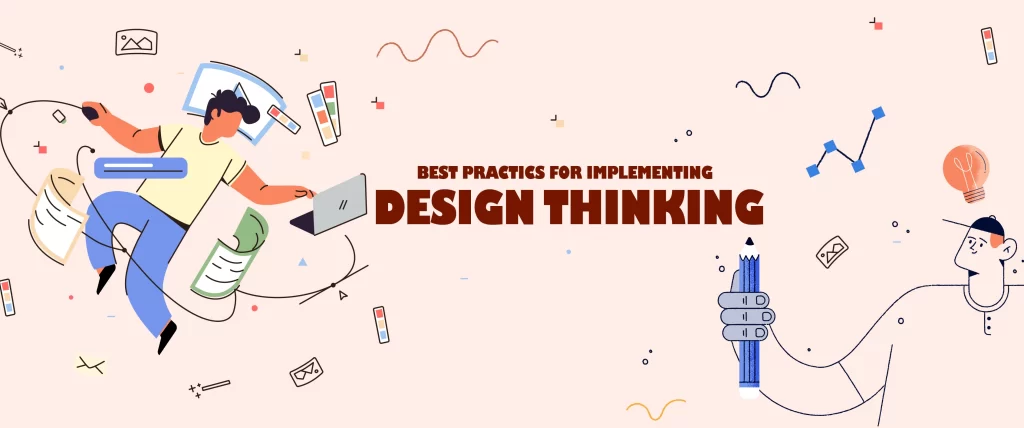
Building a Design Thinking Culture
Implementing a design thinking culture involves nurturing an environment where all team members feel empowered to contribute creative ideas. Encourage open dialogue, celebrate failures as learning opportunities, and support interdisciplinary collaboration. By fostering psychological safety, you allow diverse perspectives to flourish, ultimately leading to richer insights and innovative breakthroughs.
Tools and Techniques for Success
Below are key tools and techniques you can leverage to enhance your design thinking process. Techniques such as empathy mapping, rapid prototyping, and user journey mapping will help you better connect with your audience and visualize their experiences. Incorporating collaborative tools like design sprints and brainstorming sessions can also facilitate idea generation and encourage diverse contributions from your team.
But to truly maximize the effectiveness of these tools, ensure you select the ones that align best with your specific project goals and team dynamics. By investing time in training your team to use these techniques effectively, you increase the chances of obtaining actionable insights. Encourage adaptive use of these tools such that they evolve with your needs, resulting in a more seamless design thinking experience.
Final Words
With this in mind, embracing design thinking over traditional approaches can significantly enhance your innovation efforts. By prioritizing empathy and user-centric solutions, you empower yourself to better address challenges and develop products that resonate with your audience. This mindset shift not only fosters creativity but also encourages collaboration within your team, making it easier to navigate complex problems. Ultimately, adopting design thinking can lead to more effective and sustainable solutions, positioning you to thrive in an ever-evolving competitive landscape.
Q: What are the main differences between design thinking and traditional approaches in innovation?
A: Design thinking and traditional approaches differ fundamentally in their perspective on problem-solving. Design thinking focuses on understanding the end-users’ needs through empathy, iterative prototyping, and testing. It promotes collaboration across diverse teams, emphasizing creativity and flexibility. In contrast, traditional approaches tend to follow a more linear process, relying heavily on existing data and predetermined methodologies. These methods may not engage users directly, leading to solutions that may not fully address the underlying problems or user experiences.
Q: How does the iterative process in design thinking enhance innovation compared to traditional methods?
A: The iterative process in design thinking involves continuously refining ideas through prototyping and feedback. This allows teams to quickly identify flawed assumptions and modify solutions based on real-world testing and user feedback. Unlike traditional methods, which might wait until a final solution is developed for evaluation, design thinking encourages experimentation throughout the process. This nurtures a culture of innovation where learning from failure is valued, leading to more relevant and effective solutions in the end.
Q: Can design thinking be applied to sectors beyond product development, and how does it compare to traditional strategies in those areas?
A: Yes, design thinking can be effectively applied across various sectors beyond product development, including healthcare, education, and service design. In these fields, it fosters a deeper understanding of user experiences and challenges, leading to more impactful innovations. Traditional strategies may focus more on quantitative metrics and established practices, often overlooking the emotional and experiential aspects of the user’s journey. Design thinking, with its user-centric focus, enables organizations to create solutions that are not just functional but also resonate with users on an emotional level, facilitating greater engagement and satisfaction.
